Feature 12 min read
A look at the most-read news stories on Discover EV from 2019
Last year saw a lot of progress and change in the world of electric vehicles. Record registrations, more visibility on a global level, infrastructure improvements and the launch of some extremely important cars have defined the year. Here are the biggest moments from 2019.
January
Back in January we were just about getting Discover EV off the ground. We kicked off in relative style with a review of the original 2014 BMW i8 and went straight in with the full five stars, citing the car's performance and relatively cheap running costs as being a real vision of future supercars. We also did a run-down of the best hybrid company cars then available, offering a detailed analysis of the pros and cons of each. With the government having reduced BIK for such cars later in the year, any of the cars we looked at still make a compelling choice.
February
Volvo's commitment to an electric future saw some solid progress as it launched its 'B' badged mild hybrid models to provide an entry into electrified personal transport. Another entry into electrified power of a different kind was made available by Swind, which launched an EV-converted original Mini in a limited production run of 100. Later in the year, ever more classic EV conversions hit the news headlines.
British engineering experts, GKN Automotive, stuck the first EV two-speed gearbox in a Jeep Renegade to trial its capabilities, promising both better overall efficiency and top speed. Driving the front wheels only, it was a testbed for further development. In terms of road tests, we gave the BMW i3 and i3s 120Ah variants a go, giving them four out of five stars along the way. Tesla's Model 3 launched in Europe to much excitement, however we wouldn't know how well it had faired until April.
March
We really began to ramp up our workload in March, and the year was certainly warming up in terms of big EV news. The Geneva Motor Show saw the reveal of the Peugeot e-208, Honda e and Fiat Concept Centoventi, setting an EV-heavy precedent that defined the rest of the year's motor shows. At the show, Mitsubishi showcased its home energy ecosystem built around EVs.
Also in March, Nissan announced that its LEAF had topped 400,000 sales worldwide – the first EV to reach such a heady figure. The Jaguar I-PACE won UK Car of the Year, adding to its long list of 54 major global awards. When we subsequently tested it, we awarded the I-Pace 4.5/5 stars. Also in March, MG first revealed that it was going to launch an electric version of its ZS SUV.
April
We went along to the launch of the Audi e-tron – a car that impressed across the board, so much so that we awarded it the full five stars with our only real criticism being that it’s a tad on the expensive side. While we were there, we had a word with Chris Batty, the car’s Product Manager in a video that’s well worth a watch.
Registration stats from JATO Dynamics showed what we'd pretty much anticipated: Tesla's model 3 absolutely flew in its first full month of sales, deposing EV stalwarts like the Nissan LEAF and Renault ZOE to claim the best seller crown. SEAT announced that it was getting into the EV game, as well as expanding its PHEV offering across both the SEAT and CUPRA brands with six planned by 2021. In other new car news for the month, Lotus confirmed that it was going to build an electric hypercar, designated the Type 130 at that point in time.
For existing EV owners searching out charging infrastructure, Google added real-time charger availability to Maps covering some of the biggest suppliers, enabling EV drivers to know whether a charge point was in use before heading to it. We also made the economic case for making the switch to an EV, taking a detailed look at how much they cost to run compared to petrol or diesel. As we expected, the case for EVs was very compelling...
May
As with all motor shows this year, they have shown a distinct move towards showcasing current and forthcoming EVs. Auto Shanghai was no different, and China's huge appetite for EVs and seemingly constant stream of start-ups was showcased with NIO and Karma – Fisker resurrected with Chinese money and new owners.
We didn't even know exactly what it would look like back in May, but that didn't stop 15,000 people putting their names down for a Volkswagen ID.3 within 24 hours. At the same time, VW demonstrated the scalability and versatility of its MEB platform by premièring its ID.ROOMZZ at Shanghai Motor Show.
Back in the UK there was progress for domestic battery tech development as government and industry-backed UK Battery Industrialisation Centre opened its doors for business.
June
Half way through the year felt a little like a coming of age not only for us, as Discover EV continued to gain traction, but also in the wider industry in some respects. There were several reasons for this; firstly, EV charging sites became more numerous than petrol stations with the UK's ultra-rapid charging network beginning to take off. Secondly, the government committed to reducing emissions to net zero by 2050 – the impacts and repercussions of which shouldn't be underestimated.
While all of that was happening, some big volume cars were revealed having gotten the EV treatment. These included the Vauxhall Corsa-e, Peugeot's equivalent – the e-208 as well as its jacked-up brother, the e-2008. At the same time, Renault revealed its new ZOE.
Away from new car reveals, Volkswagen proved that EVs can be very, very fast by setting an EV lap record at the Nürburgring in a staggering 6:05.336 with its all-conquering ID.R. We also went over to Israel courtesy of StoreDot and BP to get a demonstration of some frankly astounding battery tech. Proving that there is potential – in time – for incredible charge times they demonstrated a 15 per cent-to-full charge in just five minutes.
July
We started July with the media launch of the MG ZS EV – a car that went on sale at a shade over £21k which made it one of the most affordable family-friendly EVs out there. It was also one of our most read stories of the year! We also had the Tesla Model X Long Range on test which had astonishing performance, but some build quality issues. It still racked up four stars.
MINI finally broke cover with the electric variant of the much-loved hatchback. Its 32.6kWh battery may only endow it with 145 miles of range, but the sub-£25k starting price and the fact it is a MINI should prove successful. We will be one of the first journalists to drive it so keep your eyes peeled for a full report soon. Lotus also unveiled its 1973bhp Evija hypercar – the name for the Type 130 they had teased us with earlier in the year. EVs had a big showing at the Goodwood Festival of Speed including the Porsche Taycan which at that point was still in camouflage to keep us from knowing what it really looked like.
August
We brought you a variety of generally good news with regards charging EVs in public and at home. A surge of public charging stations coming online (over 1000 in less than two months) brought the total available very close to 10,000 and at the same time the government doubled the amount of funding available to local governments to install charging points in their areas.
Porsche let it slip that reservations for its then forthcoming Taycan had topped 30,000 which is a lot when 36,000 911s were sold globally in 2018 and the Taycan production line was only set up for a maximum of 40,000 per year. It did demonstrate just how much anticipation there was for Porsche's first EV, though.
Over in the States, solid-state batteries took another step towards powering EVs with Silicon Valley specialists, TeraWatt announcing that it had achieved an energy density of 432Wh/kg with its Tera3.0 battery – approximately double the energy density of a lithium-ion battery. Unfortunately TeraWatt's EV-specific battery won't be ready for another few years.
September
Much of September's big news originated from the Frankfurt Motor Show, chief amongst this being the VW ID.3. Other big launches included the Honda e and SEAT/CUPRA announcing that it was pushing forward with performance EVs and PHEVs. But even before Frankfurt could begin, Porsche had stolen the limelight by officially launching its Taycan, releasing details of its performance and powertrain, technology and availability.
A glut of research came out in September that looked at British people's perceptions of EVs and going 'green'. We reported on the fact that British people are generally very aware of issues around climate and keen to do their bit, but their knowledge – or lack thereof – around EVs, PHEVs and hybrids is a big barrier when it comes to making the leap from a conventional car. Go Ultra Low also highlighted the fact that people still make the distinction between 'cars' and 'EVs', pointing out that normalising EVs in the minds of consumers is required. To help make the point, Formula E driver, Alexander Sims, became a regular guest blogger for Discover EV, kicking off with some of the myths around EVs.
Volvo released its XC40 Twin Engine in September, thereby completing the brand's goal of having a PHEV option for every model in its range. Tesla, on the other hand, may well have created a 'million mile battery'. Research affiliated with the car company and undertaken at Dalhouse University in Canada seemed to suggest that they'd cracked the issues around lithium-ion battery longevity.
October
One of our big stories in October was the fact that it would appear the government is already considering when to pull the plug on the electric car grant. Despite industry bodies such as the SMMT having already called the government out on prematurely getting rid of the grant for PHEVs, Grant Shapps' comments to The Times that he ...”makes no bones about it. We want to remove the entire subsidy,” are troubling.
Whilst the government tripped over its own shoe laces, Volvo launched its first EV in the shape of the XC40 Recharge. Using the same powertrain as the Polestar 2, the XC40 Recharge promises over 400bhp and a 250 mile range. Alongside the car, Volvo also announced a host of measures to improve its overall environmental performance. Over in Japan, the Tokyo Motor Show brought its own unique flavour of what can only be described as Japaneseness. Again, EVs were some of the biggest attractions.
We got our hands on a variety of PHEVs and hybrids – including a London cab – at the SMMT Test Day and brought you our thoughts on them. Over on social media, Lunaz caused quite a stir with its EV conversions of some of the most iconic classic cars out there, prompting strong views on both sides of the love/hate debate.
November
November was a very busy month! It saw the number of charging locations across the UK breach the 10k mark with more than 3500 having been added in the 12 months prior to that number being reached. However, despite the sheer number now available, not all UK regions are getting a fair look-in as DfT figures showed.
EV lifecycle impact and battery recycling was a big theme through the month. Our Tech correspondent, Rob Marshall, examined whether EVs really are green while Renault revealed its scheme to use 'second life' (aka spent) EV batteries in Parisian river cruisers. Furthermore, in the UK research led by the University of Birmingham found that the UK is in dire need of battery recycling infrastructure if we are to avoid a 'waste mountain' of dead lithium-ion batteries. Unfortunately, the UK probably won't be producing many of those batteries as Tesla publicised its final plans to locate a European gigafactory in Germany. For good measure we took a detailed look at what various manufacturers are doing to clean up their manufacturing processes.
There were three notable launches during the month. Who can forget Tesla bamboozling us all with its Cybertruck? More to the point, who can forget the window 'incident' at a similarly confusing press conference?! We're still wondering when Musk is going to come out and say, “Gotcha!”. Ford's launch of its Tesla-challenging Mustang Mach-E was far more conventional. Still 10 months away from hitting the roads, it's Ford's first purpose-built EV. Lexus joined in the car launch fun with its first EV, the UX 300e – a car predominantly designed for the Chinese market.
As if all of the other stuff going on in November wasn't enough, the LA Auto Show and SEMA both had some interesting EV action.
December
December started off with a new venue being announced for the long-awaited comeback of the British Motor Show. Set to take place in August 2020 at the Farnborough International Exhibition and Conference centre, it will have a heavy focus on EVs.
More charging news came out, with British company, Connected Kerb, looking to roll out public wireless charging at existing EV charging stations. Whether you're charging wirelessly or via a normal charger, research by CarWow found that a fiver of electricity will typically get you twice as far as petrol or diesel. We also took a detailed look at home energy tariffs designed for EV owners, how they work and how they can benefit EV owners. An interesting development came in the form of a hydrogen fuel cell-based, off-grid electric charger developed by AFC. We spoke to them about their innovation and how it might be deployed in future.
EV servicing and maintenance isn't widely understood by most people as we found when we spoke to Pro-Moto on the subject. As it turns out, maintaining an EV may well end up being extremely cheap in the long-run. In another explainer which might put some detractors' minds at rest, data came out of the USA showing that contrary to popular opinion, EV batteries maintain their capacity for a reassuringly long time.
What now?
We've got loads of exciting stuff lined up for 2020 and within the industry there are numerous exciting cars and initiatives being launched. We'll bring you a round-up of those in due course! So stay tuned and join us in our second year for the ride!

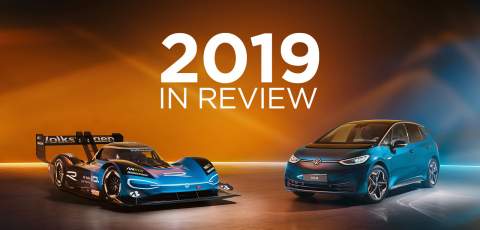
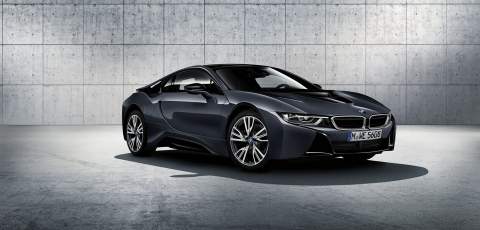
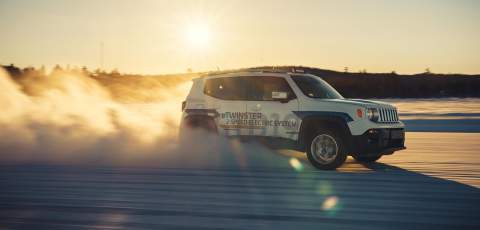
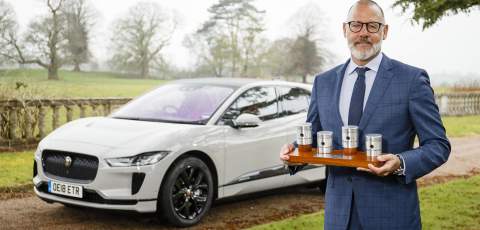
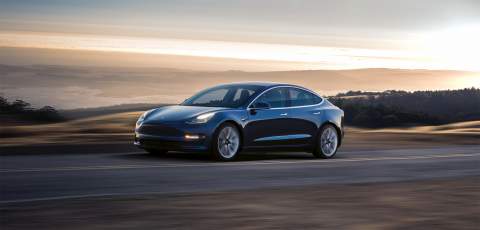
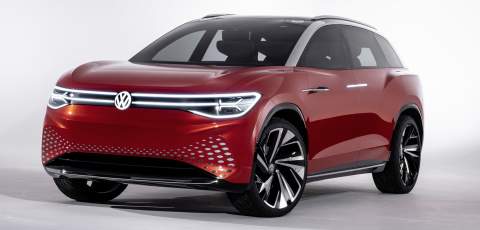
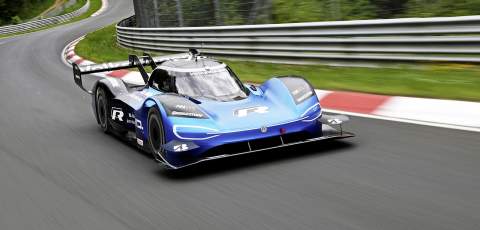
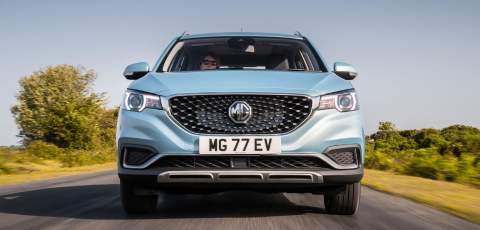
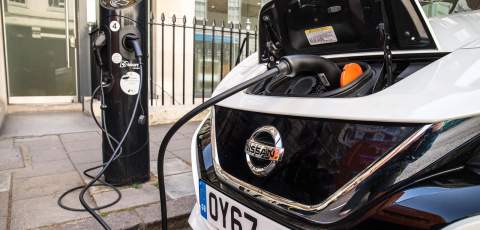
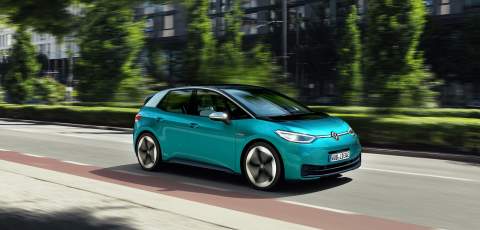
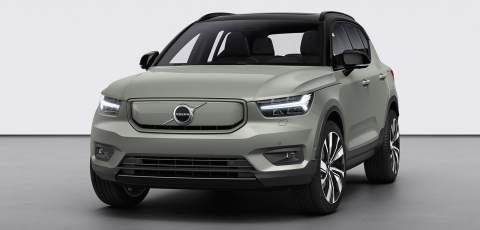
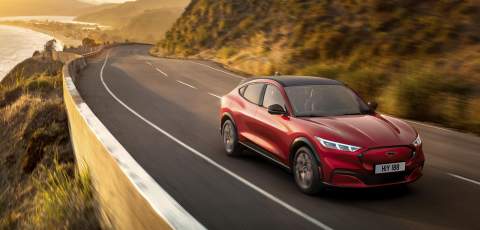
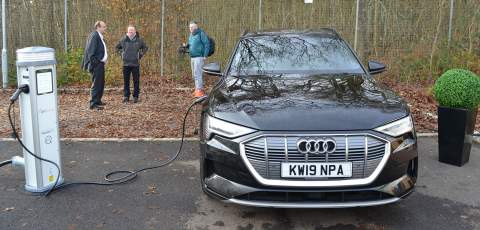

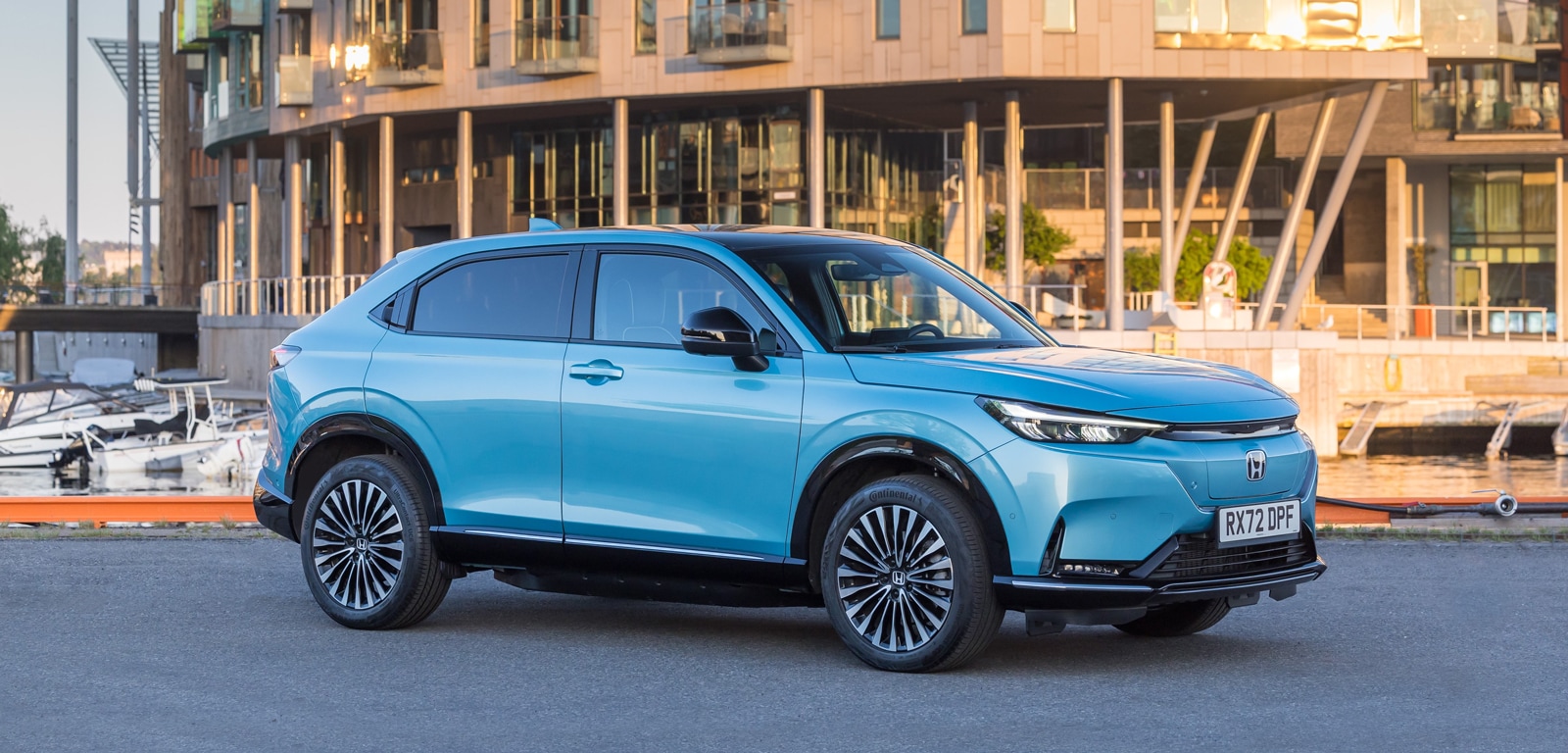
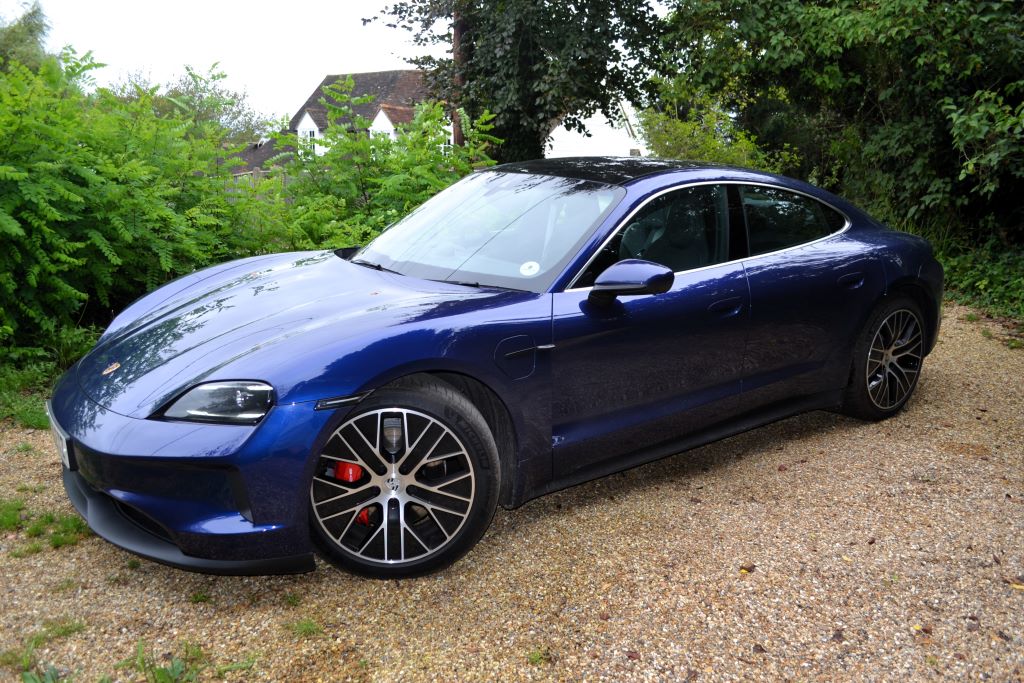
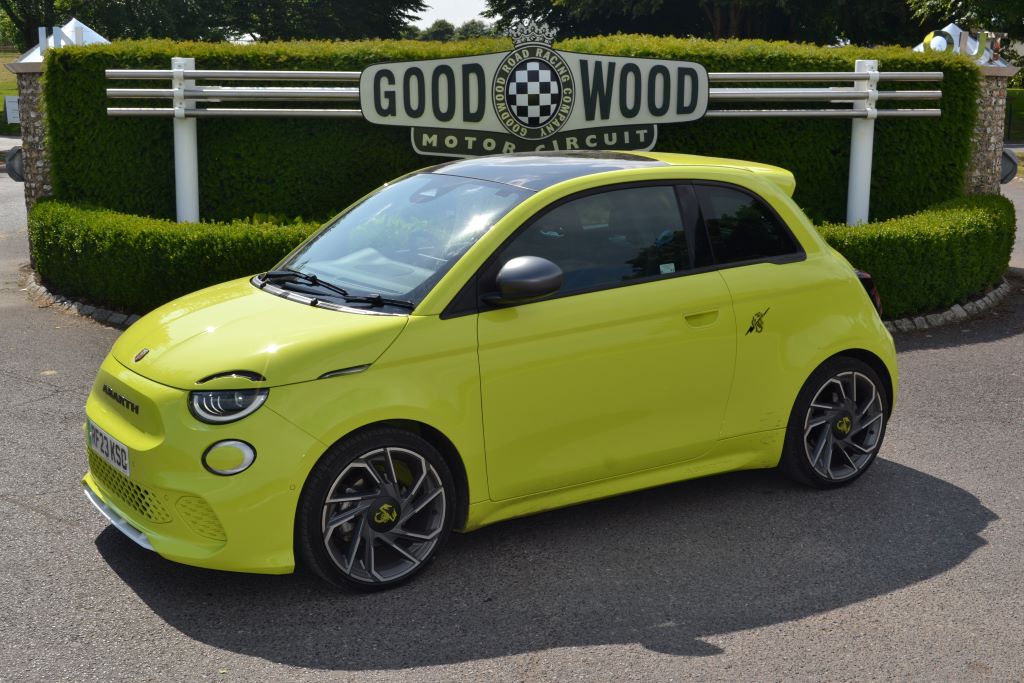
1024px.jpg)

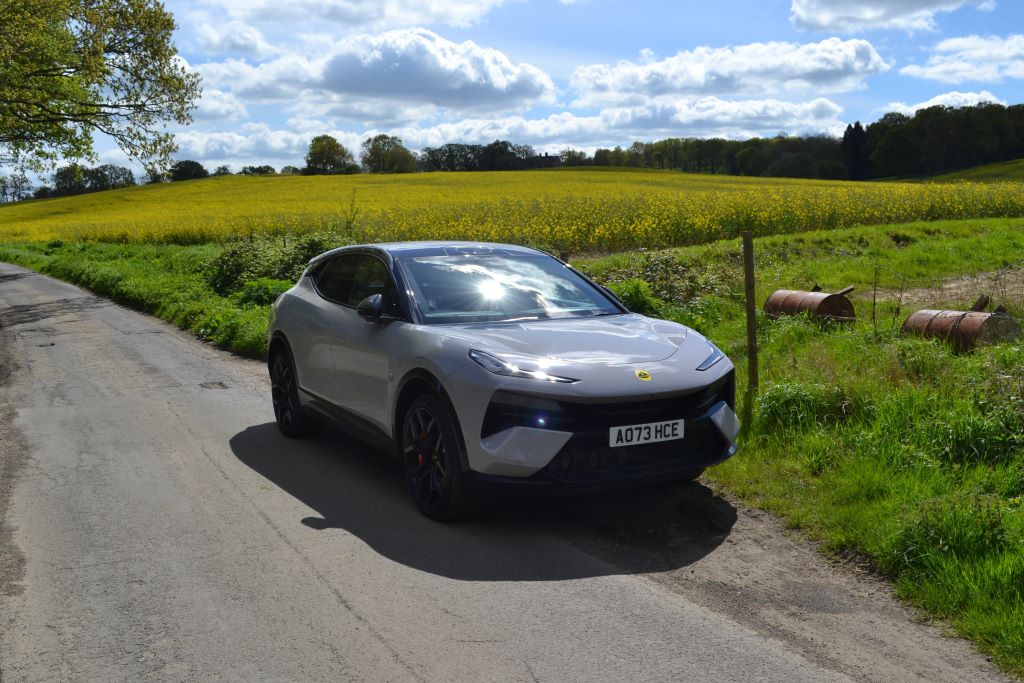

Comments (0)
Be the first to write a comment
Login/ Signup